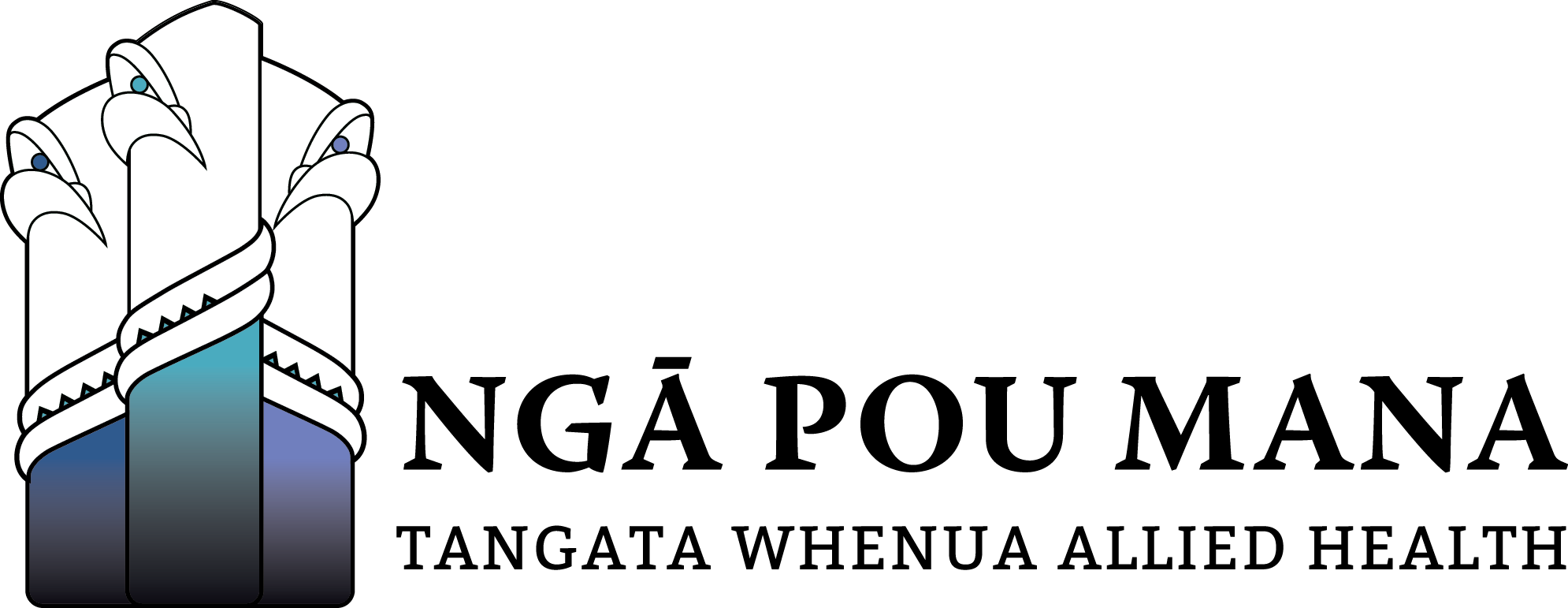When you apply for a job, your cover letter is how you introduce yourself.
It’s your first point of contact with the employer and an opportunity to create a positive first impression. A good cover letter is concise, convincing and creates a connection
The purpose of a cover letter is to encourage the employer to read your CV and meet you for an interview.
These days with job applications and CVs being delivered electronically, a cover letter could be the first page of your CV – or a separate document. Either way, a cover letter acts as a ‘preview’ to what the employer will find in your CV.
Another important role the cover letter plays is to show why you’re interested in the job.
Here are some tips for how to write a cover letter:
Do your research
To write a great cover letter, you need to know a bit about the job and the business or organisation you’re applying to.
Be concise
While a cover letter is part of your ‘story’, don’t make it more than one page.
Make it personal
Address the letter to the hiring manager or contact person for the job.
Ideally use their name and job title.
Make it original
Don’t use the same cover letter for every job you apply for.
While you may be able to reuse some wording from one letter to the next, don’t make the mistake of referring to a completely different job and company in your cover letter.
Write a new one for each job.
Be professional
A cover letter is formal correspondence and is not the place to demonstrate your creative writing skills. Avoid using casual, flowery or over-the-top language, abbreviations or emojis (don’t write a cover letter like you’d write an email or a comment on social media).
Don’t duplicate your CV
A cover letter should not contain all of the same information as your CV.
If you’re cutting and pasting from your CV to your cover letter, the reader will get the feeling you’re repeating yourself.
Remember that a cover letter is concise, creates a connection and convinces the hiring manager to meet you.
Create a sense of action
Using strong action words (or verbs) will help the hiring manager to imagine you working in their team and give them a sense of what you can do and help their business.
You can also create what is referred to as a ‘call to action’ at the end of your letter, i.e. a strong finishing sentence that encourages the potential employer to get in contact with you.
What to include in your cover letter
We provide cover letter templates (general, job application and when you have no experience), but for now, here are the basics of what a cover letter might include:
- Your name and contact details
- The employer’s contact details (including the name and job title of the person hiring)
- Introduction – why you are writing the letter, including reference to the specific job
- About you – a brief description of what you have to offer, including relevant skills
- Your motivation – explain why you’re interested in the job
- About them – show that you have done some research about the employer
- Summary and call to action – finish on a strong note, asking them to read your CV and get in contact





